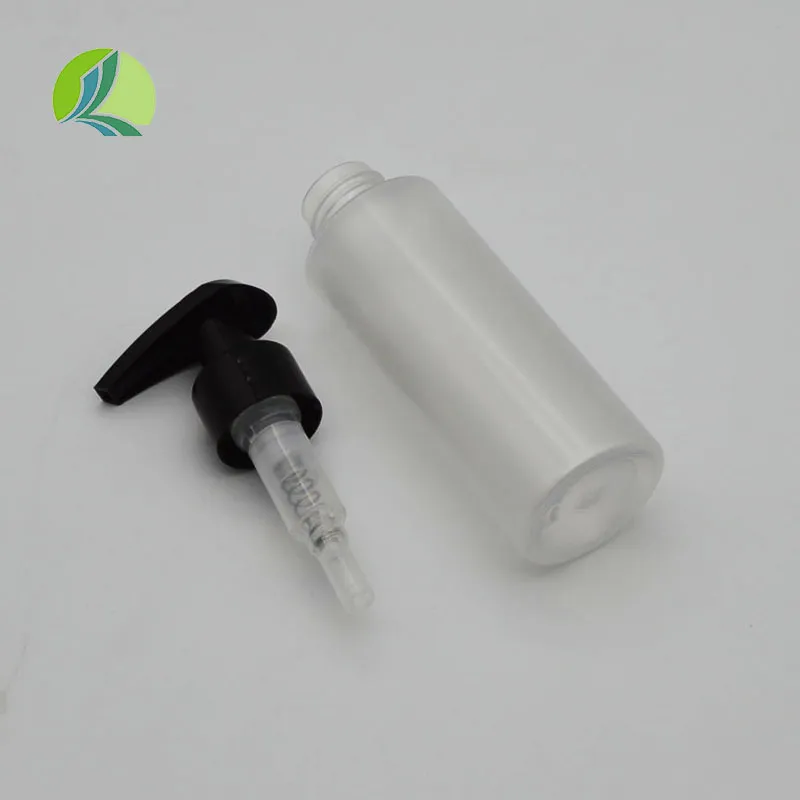Understanding the Effectiveness of Different Spray Bottle Rates for Optimal Performance
Understanding the Spray Bottle Rate A Key Factor in Efficiency
Spray bottles are ubiquitous in households, laboratories, and industrial settings, serving numerous purposes from cleaning and sanitizing to tending plants and applying beauty products. One critical aspect that often goes overlooked but can significantly affect the performance of spray applications is the spray bottle rate. This term refers to the amount of liquid dispensed by the spray bottle over a specified time frame or per actuation. Understanding and optimizing this rate can enhance effectiveness and efficiency in various applications.
What is Spray Bottle Rate?
The spray bottle rate can be quantified as the volume of liquid, usually measured in milliliters (mL), dispensed with each press of the nozzle, or over a designated time, such as one minute. This metric is essential for several reasons. For cleaning products, for example, understanding the spray rate helps users apply the product effectively without wasting it. If a bottle dispenses too much liquid at once, it can lead to excess residue, ineffective cleaning, and ultimately, wasted time and resources. Conversely, if the spray rate is too low, it may require frequent nozzle presses to achieve the desired coverage, leading to user frustration and inefficiency.
Importance in Different Applications
1. Household Cleaning In household cleaning, the spray bottle rate plays a critical role. A faster spray rate can cover larger areas quickly, which is beneficial for cleaning surfaces like countertops or floors. Manufacturers design spray bottles to achieve optimal rates that balance coverage and economy. A well-designed bottle ensures that the user can achieve a sufficient coverage area while minimizing wastage.
2. Gardening For gardeners, the spray bottle rate can determine how effectively plants are watered or treated with pesticides and fertilizers. An appropriate rate ensures that plants receive adequate moisture without the risk of over-saturation, which can lead to root rot. Users can fine-tune their bottle's spray rate according to the size of the plants and the specific watering requirements.
3. Beauty and Personal Care In the beauty industry, spray bottles are commonly used for products like perfumes, hair sprays, and facial mists. The spray rate in this context is crucial for ensuring an even application without overloading any area, which can be particularly important for products that need to dry quickly or maintain a particular finish.
spray bottle rate

Factors Influencing Spray Bottle Rate
Several factors can influence the spray bottle rate, including
- Nozzle Design The nozzle shape and size significantly affect the spray pattern and the amount of liquid dispensed. Finer nozzles generally produce a mist that covers a wider area, while wider nozzles can dispense a heavier stream.
- Bottle Pressure The internal pressure of the bottle can change how much liquid is expelled with each press. For aerosol bottles, this pressure is generated by propellants, while non-aerosol bottles rely on manual compression.
- Viscosity of the Liquid Thicker liquids may require a different nozzle design to maintain an efficient spray rate compared to thinner liquids. This factor is crucial in both industrial and domestic settings, where variations in product formulations can impact performance.
Conclusion
The spray bottle rate is a vital consideration in the design and use of spray bottles across various applications. By understanding how to measure and adjust this rate, users can ensure that they are using their products efficiently and effectively. Whether it's for cleaning, gardening, or personal care, optimizing the spray bottle rate not only saves time and resources but also enhances the overall experience of using these versatile tools. As consumers become more mindful of sustainability and efficiency, awareness of such details will become increasingly important in product selection and usage.
-
Durable 250ml Blue Plastic Vaccine Vial for Lab & Vet UseNewsAug.16,2025
-
Sterile Virus Sample Tubes: Secure & Reliable Specimen CollectionNewsAug.15,2025
-
White 250ml Plastic Vaccine Vial for Lab & Vet MedicineNewsAug.14,2025
-
Premium Clear Plastic Vaccine Vials for Lab & Vet MedicineNewsAug.13,2025
-
Plastic Clear Vaccine Vials | Lab & Vet Liquid StorageNewsAug.12,2025
-
Secure 250ml Blue Plastic Vaccine Vials for Lab & VetNewsAug.11,2025
























